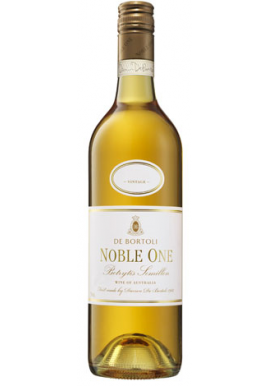Botrytis cinerea is one of number of different fungi that can cause bunch rot in grapevines. Botrytis rot is a weather-driven disease that can cause significant loss of grape yield and quality, even after application of a full program of fungicides.
Botrytis spores are almost always present in vineyards. Infection can be initiated from spores ca...
Botrytis cinerea is one of number of different fungi that can cause bunch rot in grapevines. Botrytis rot is a weather-driven disease that can cause significant loss of grape yield and quality, even after application of a full program of fungicides.
Botrytis spores are almost always present in vineyards. Infection can be initiated from spores carried over from the previous season, in sources such as cane debris, bunch remnants, tendrils, leaf petioles and leaf blades. Important sources of infection in growing vines are infected damaged leaves, decaying floral parts (mainly caps) and aborted and rotting berries.
The fungus can rest in a quiet (latent) state and then resume growth when the developing berry begins to soften. After latent botrytis resumes its invasion of a grape berry, it can then spread from berry to berry, which is especially rapid in compact bunches of thin-skinned varieties. Botrytis also spreads readily from bunch to bunch in crowded fruit zones.
The noble rot of Botrytis - There is a an unparalleled range of 'stickies' available and it is this diversity that means many transcend the obvious synergy with desserts to marry with cheeses and terrines, including foie gras. Indeed, at Chancellors Cellars we showcase late harvest styles; and those made from grapes infected with noble rot or botrytis, including De Bortoli Noble One Botrytis Semillon from the Riverina in NSW. This is the pinnacle of Australian sweet Semillon, a grape traditionally found in Sauternes. Botrytis also known as Nectar of the gods
Botrytis Sweet There are no products in this category
ABN: 11 806 263 393
Liquor Licenses
337 526 06
360 674 16
